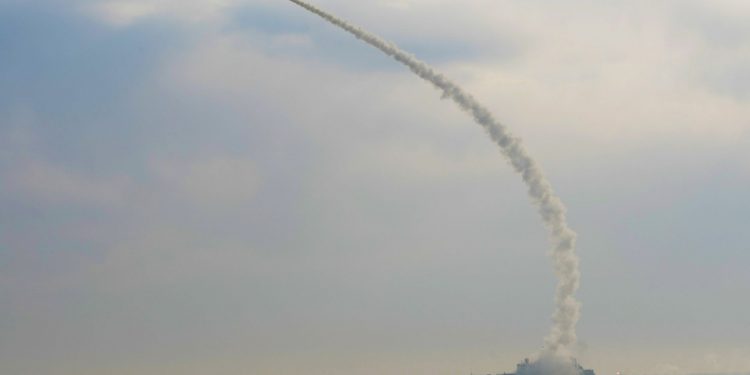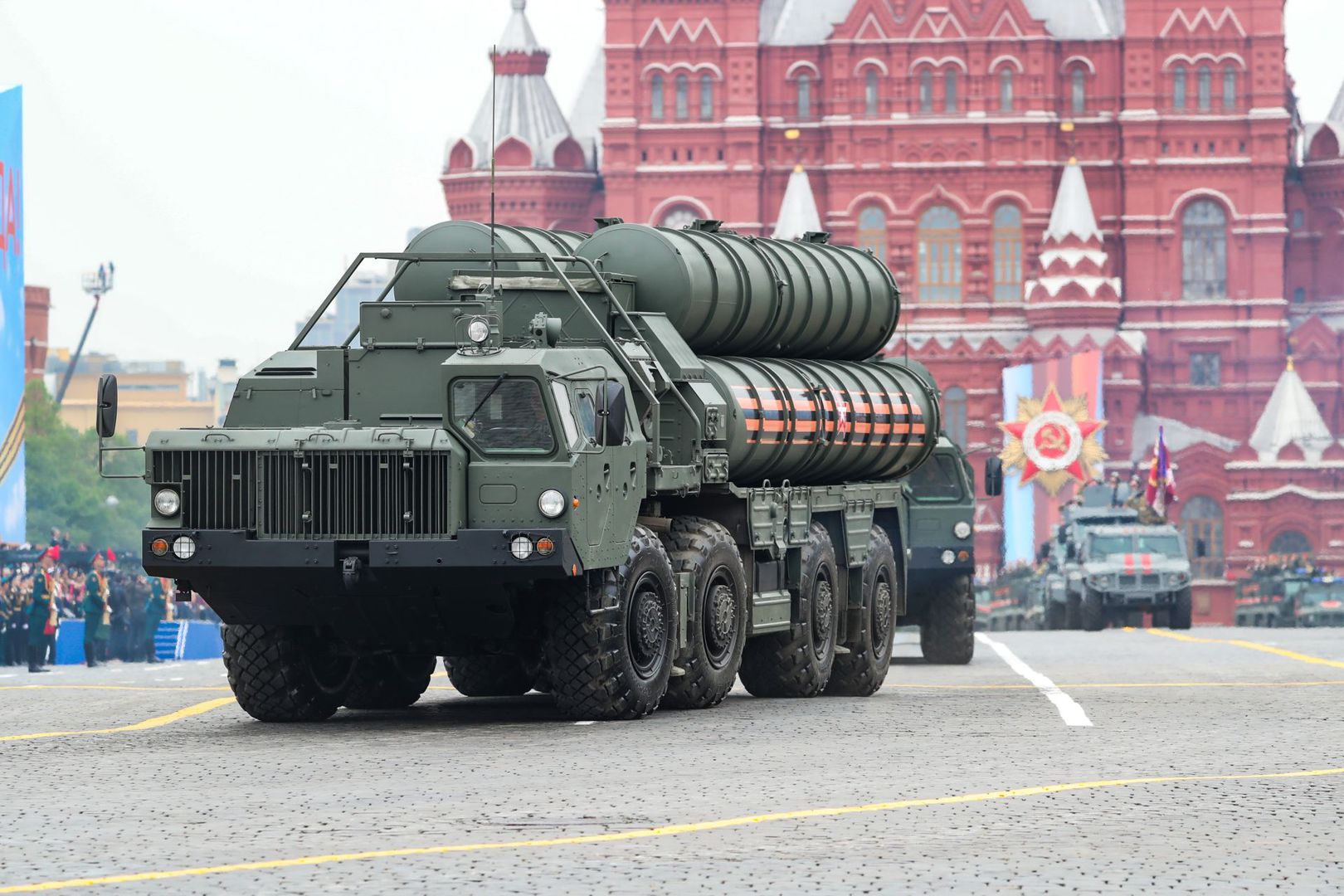China conducted a land-based, midcourse missile interception test on Thursday-the fifth land-based, anti-ballistic missile test the country has publicly announced.
The Defense Ministry said in a brief statement late on Thursday that the test had achieved its goals, and the operation was defensive in nature, not targeting any other country.
Before the latest operation, China had successfully completed four such tests in 2010, 2013, 2014 and 2018, according to official releases.
The statement did not give details about Thursday’s test, such as when and where it took place and by which means the interception took place.
Experts said an advanced antimissile interceptor requires cutting-edge technologies, the best manufacturing techniques and top materials.
So far, only a handful of countries including the United States, Russia and China have developed and deployed anti-ballistic missile systems.
Wang Yanan, editor-in-chief of Aerospace Knowledge magazine, said that a midcourse interception operation is tasked with shooting down medium and intermediate-range as well as intercontinental ballistic missiles during the midcourse portion of the incoming missiles’ flight. The collision between the interceptor and its target usually takes place several hundred kilometers above the ground, he added.
“The midcourse phase in a ballistic missile’s flight is the ideal period for interception. This is because a ballistic missile’s liftoff and boost phase is very short and usually occurs in airspace dominated by the enemy, while the reentry, or terminal, phase is also short and with ultrafast speed,” Wang explained.
A land-based, midcourse interception test typically involves several steps. The first step is the launch of a target ballistic missile. Then the missile surveillance satellites are supposed to detect the launch and immediately inform ground-based early-warning systems to track the target and guide the interceptor toward it. The interceptor will be fired and lock on the incoming missile before exploding near the target or directly hitting the target, said Wang.
“Therefore, a well-functioning network for midcourse, anti-ballistic missile operations requires close, smoothly executed cooperation among space, ground and even sea-based surveillance and early-warning systems.”
Zhang Zhaozhong, a retired high-ranking researcher with the People’s Liberation Army National Defense University, said earlier that China uses a kinetic kill vehicle to directly shoot down ballistic missiles, and that only the US and China have such cutting-edge defense technology.











